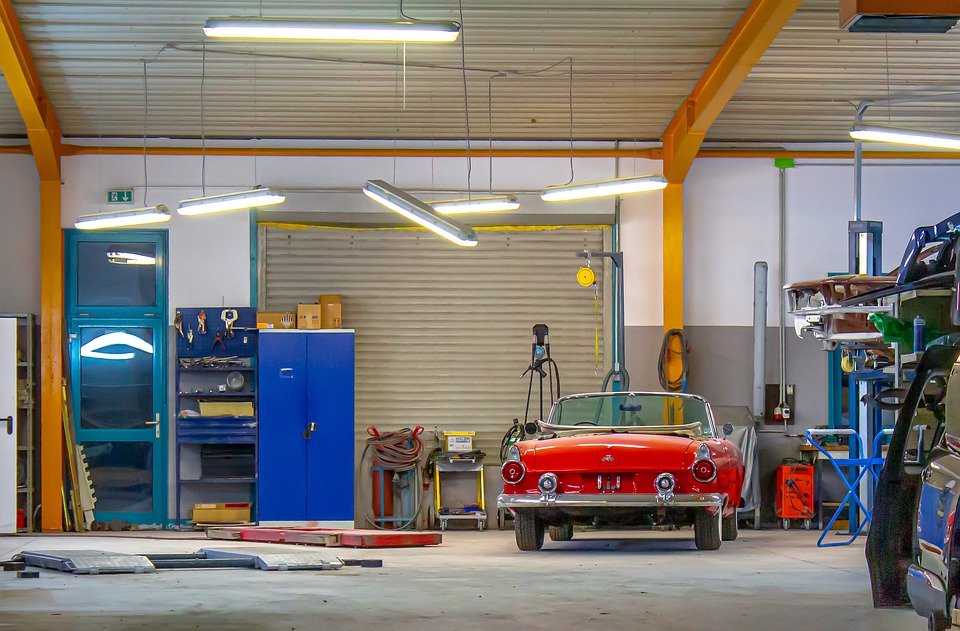6 Common Problems With Wheel Alignment

Wheel alignment, sometimes called checking, or tracking may be part of regular auto maintenance which is designed to improve the handling and performance of vehicles. The main purpose of such adjustments is to improve tire wear, to cut down on hydrostatic pressure in tires, and to insure that vehicle traveling is consistent and true across the complete driving range. It helps to prevent wheel lock and helps to maintain the equilibrium of the vehicle. In addition, wheel alignment can minimize unsprung mass, which results in more horsepower and greater driving off road. Also, good alignment makes a long wheel run more efficient, thereby saving fuel.
One of the main reasons for checking wheels on a regular basis is to check for looseness. This occurs most often with alignment-free steering, where steering is so tight that the wheels cannot move independently. When steering is set like it should be, it resists twisting by having a constant pressure on both ends of the wheels. When the wheels are not properly aligned, the steering becomes misaligned, causing both slipping and binding.
Another cause for wheel alignment is tire rotation. If the wheels are not properly aligned, the tires will tend to roll to one side or the other when the wheel rotation occurs. Similarly, with poor tire rotation, you may notice uneven tire wear.
Tread wear can also be an issue with wheel alignment. With improper and worn wheel alignment, the tread of the tires will be much less than optimal, causing excessive wear on the tires. With the optimal tread worn, the tread pressure will be much lower on the tires, which leads to ineffective tire inflation. In addition, improper and worn wheel alignment will also cause the vehicle to run better on normal road surfaces but have a worse grip on sand or mud. You can check out this site for proper wheel alignment services.
Steering angle sensor and power steering adjustment are two other common problems with wheel alignment. The control arms of the vehicle to use the steering angle sensor to determine how the wheels are spinning. If the wheels are not spinning freely, then the power steering angle sensor is probably tripped. On the other hand, if the power steering angle sensor fails, the control arms will have no bearing force to keep the wheels in line.
Poorly aligned tires can lead to uneven tire wear or poor handling. This is especially true for drivers who have large or stocky tires. The tires may rotate so the center of gravity is shifted forward, creating problems with handling. Although wheel alignment can correct some of these common problems, it's still a good idea to check all alignment settings on a regular basis. Check out this post https://en.wikipedia.org/wiki/Wheel_alignment that has expounded on the topic.
